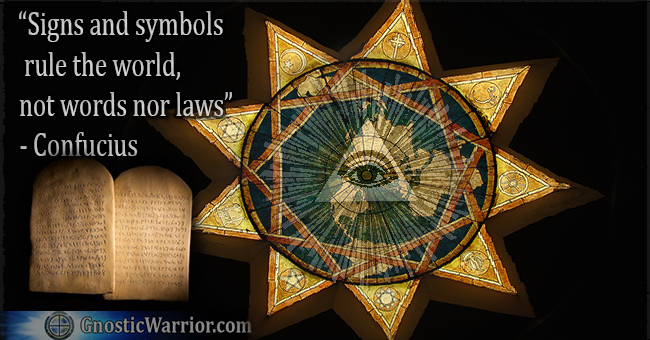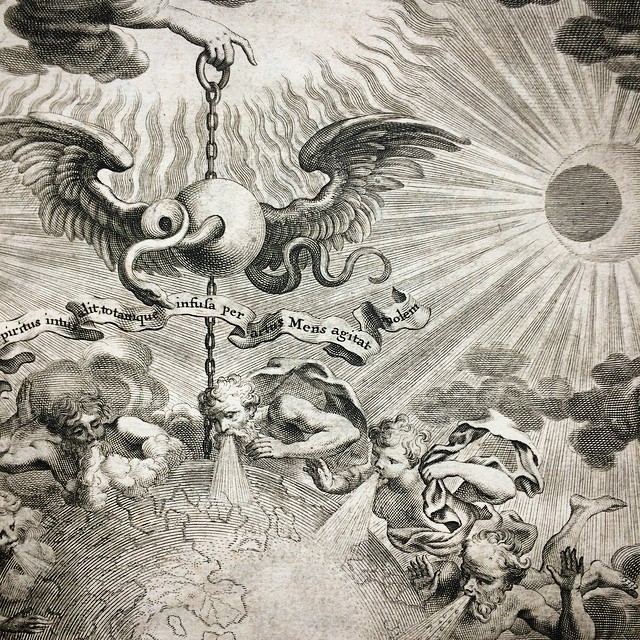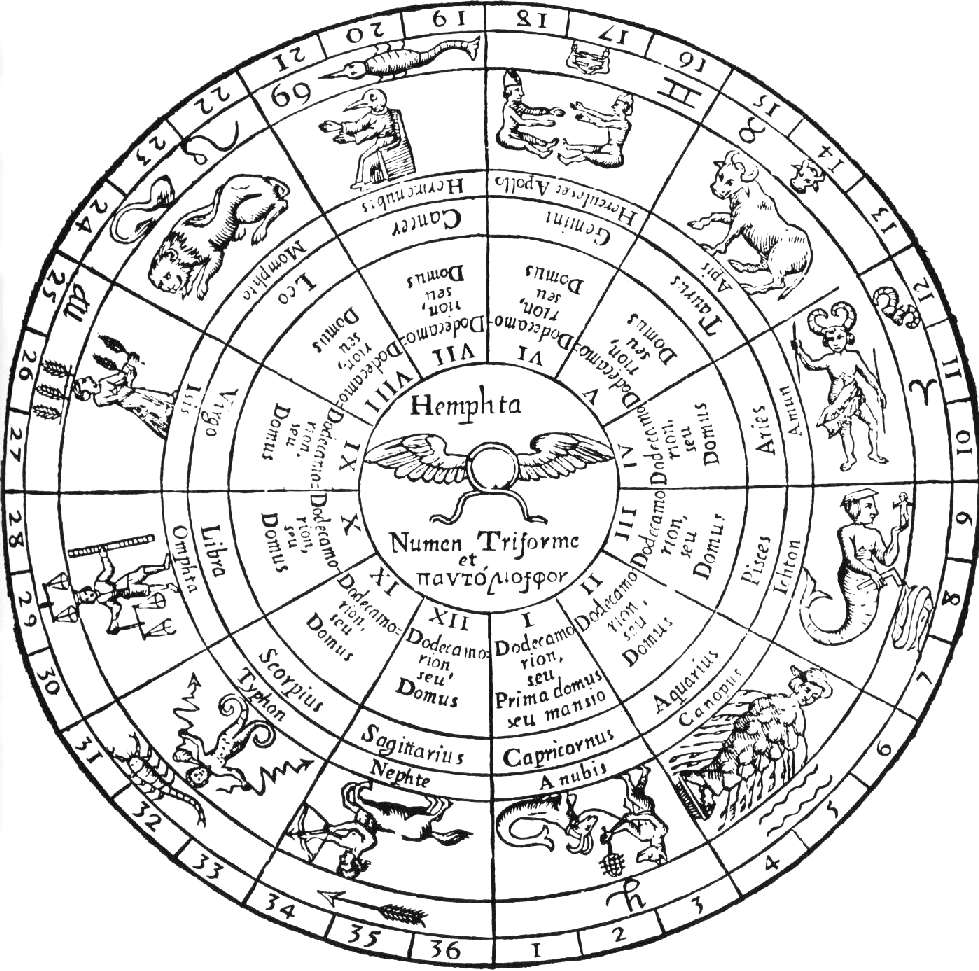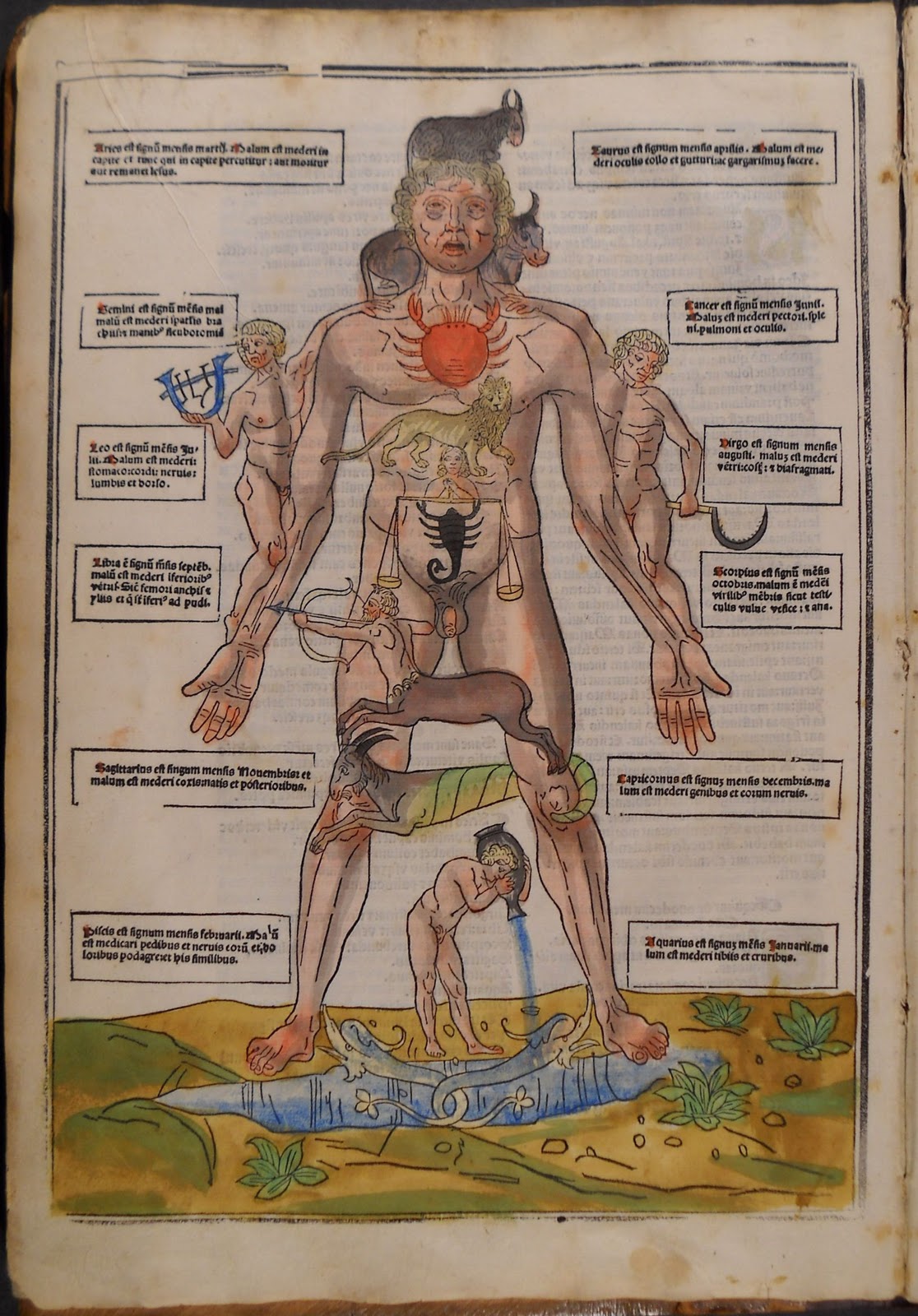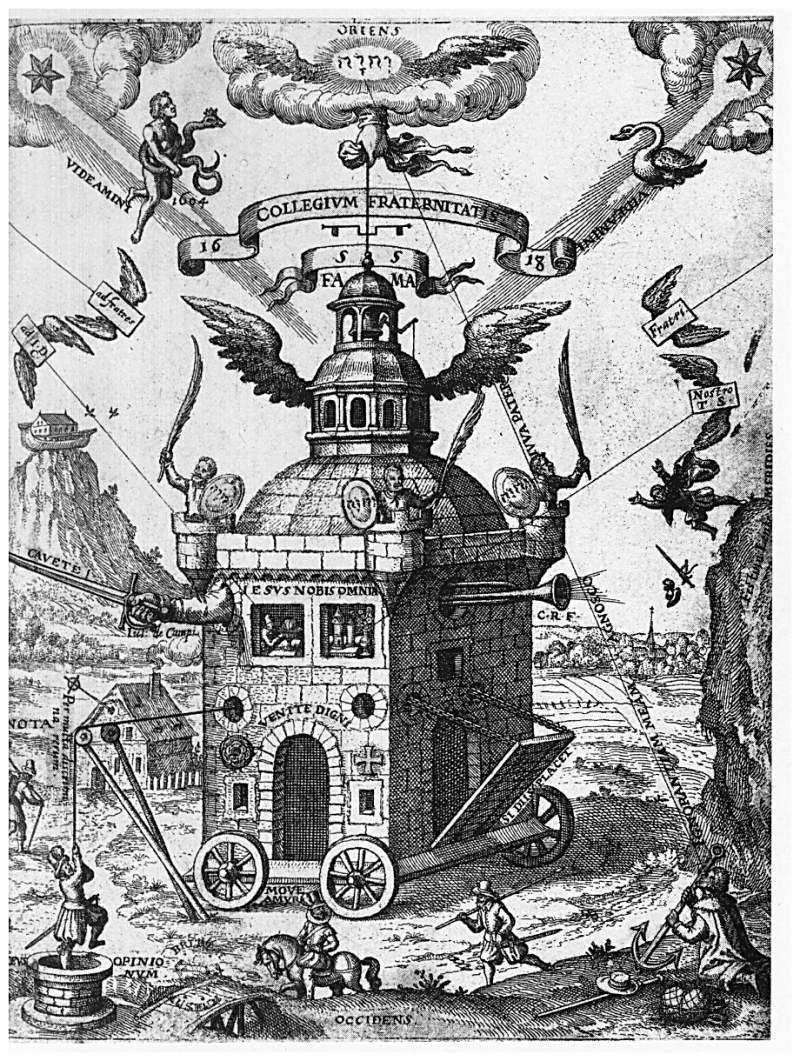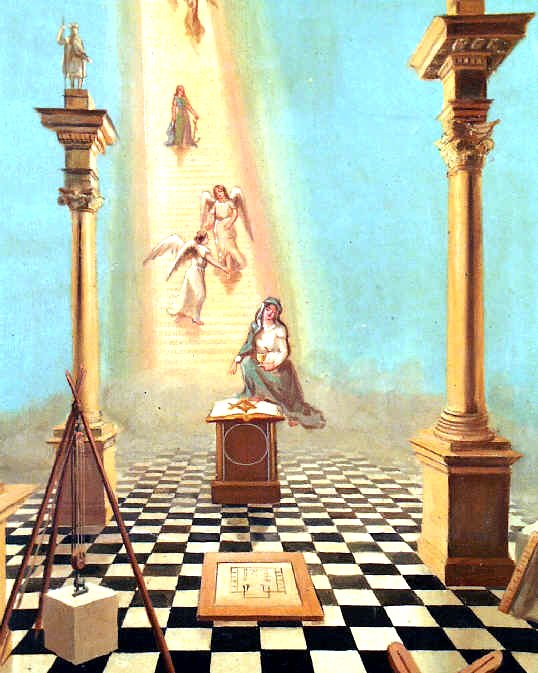p. 56
The antiquity of the zodiac is much in dispute. To contend that it originated but a mere few thousand years before the Christian Era is a colossal mistake on the part of those who have sought to compile data, concerning its origin. The zodiac necessarily must be ancient enough to go backward to that period when its signs and symbols coincided exactly with the positions of the constellations whose various creatures in their natural functions exemplified the outstanding features of the sun’s activity during each of the twelve months. One author, after many years of deep study on the subject, believed man’s concept of the zodiac to be at least five million years old. In all probability it is one of the many things for which the modem world is indebted to the Atlantean or the Lemurian civilizations. About ten thousand years before the Christian Era there was a period of many ages when knowledge of every kind was suppressed, tablets destroyed, monuments torn down, and every vestige of available material concerning previous civilizations completely obliterated. Only a few copper knives, some arrowheads, and crude carvings on the walls of caves bear mute witness of those civilizations which preceded this age of destruction. Here and there a few gigantic structures have remained which, like the strange monoliths on Easter Island, are evidence of lost arts and sciences and lost races. The human race is exceedingly old. Modern science counts its age in tens of thousands of years; occultism, in tens of millions. There is an old saying that “Mother Earth has shaken many civilizations from her back,” and it is not beyond reason that the principles of astrology and astronomy were evolved millions of years before the first white man appeared.
The occultists of the ancient world had a most remarkable understanding of the principle of evolution. They recognized all life as being in various stages of becoming. They believed that grains of sand were in the process of becoming human in consciousness but not necessarily in form; that human creatures were in the process of becoming planets; that planets were in the process of becoming solar systems; and that solar systems were in the process of becoming cosmic chains; and so on ad infinitum. One of the stages between the solar system and the cosmic chain was called the zodiac; therefore they taught that at a certain time a solar system breaks up into a zodiac. The house of the zodiac become the thrones for twelve Celestial Hierarchies, or as certain of the ancients state, ten Divine Orders. Pythagoras taught that 10, or the unit of the decimal system, was the most perfect of all numbers, and he symbolized the number ten by the lesser tetractys, an arrangement of ten dots in the form of an upright triangle.
The early star gazers, after dividing the zodiac into its houses, appointed the three brightest scars in each constellation to be the joint rulers of that house. Then they divided the house into three sections of ten degrees each, which they called decans. These, in turn, were divided in half, resulting in the breaking up of the zodiac into seventy-two duodecans of five degrees each. Over each of these duodecans the Hebrews placed a celestial intelligence, or angel, and from this system, has resulted the Qabbalistic arrangement of the seventy-two sacred names, which correspond to the seventy-two flowers, knops, and almonds upon the seven-branched Candlestick of the Tabernacle, and the seventy-two men who were chosen from the Twelve Tribes to represent Israel.
The only two signs not already mentioned are Gemini and Sagittarius. The constellation of Gemini is generally represented as two small children, who, according to the ancients, were born out of eggs, possibly the ones that the Bull broke with his horns. The stories concerning Castor and Pollux, and Romulus and Remus, may be the result of amplifying the myths of these celestial Twins. The symbols of Gemini have passed through many modifications. The one used by the Arabians was the peacock. Two of the important stars in the constellation of Gemini still bear the names of Castor and Pollux. The sign of Gemini is supposed to have been the patron of phallic worship, and the two obelisks, or pillars, in front of temples and churches convey the same symbolism as the Twins.

Moe is the founder of GnosticWarrior.com. He is a father, husband, author, martial arts black belt, and an expert in Gnosticism, the occult, and esotericism.

![Of the signs which were shown from Heaven when the mother of that community departed this life [675 A.D.?] | Book 4 | Chapter 9 Of the signs which were shown from Heaven when the mother of that community departed this life [675 A.D.?] | Book 4 | Chapter 9](https://www.gnosticwarrior.com/wp-content/plugins/contextual-related-posts/default.png)
